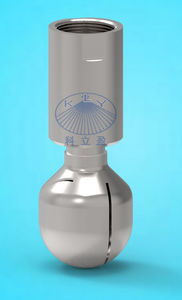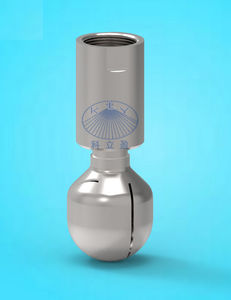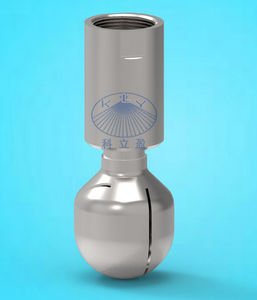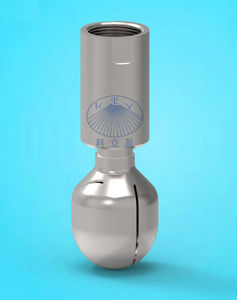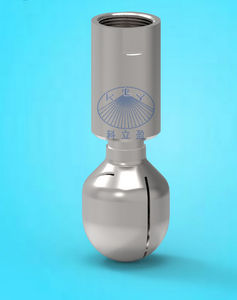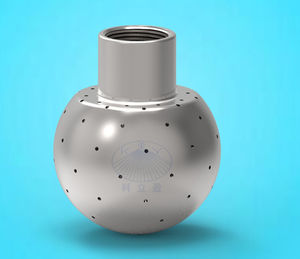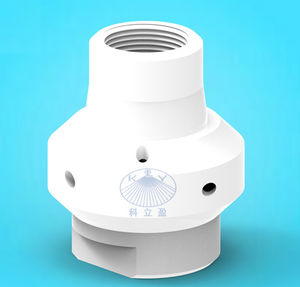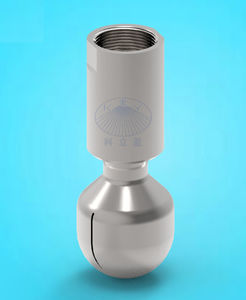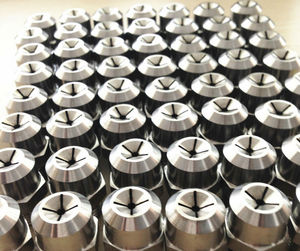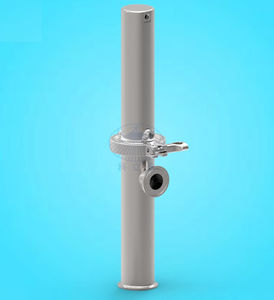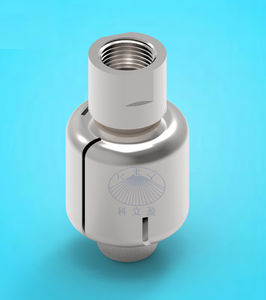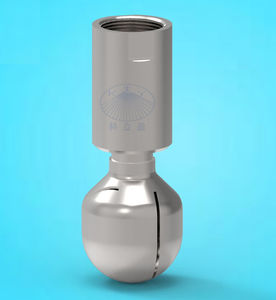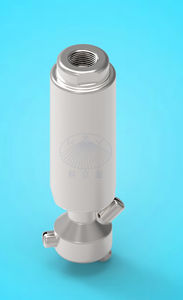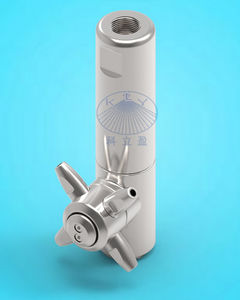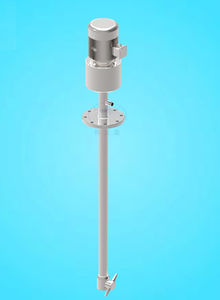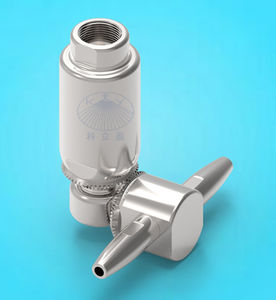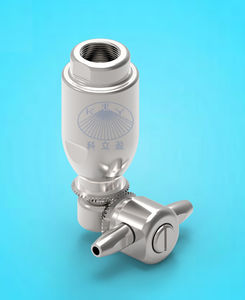
- Hydraulics - Pneumatics
- Pipe, Tube and Fitting
- Spray nozzle
- Guangzhou Cleaning Spray Equipment

- Products
- Catalogs
- News & Trends
- Exhibitions
Cleaning nozzle SG sprayfor liquidsstainless steel



Add to favorites
Compare this product
Characteristics
- Function
- cleaning, spray
- Fluid
- for liquids
- Material
- stainless steel
- Applications
- for the food industry, for pharmaceutical applications, for tanks, chemical
- Other characteristics
- rotary, high-impact
Description
ModelSG4 tank cleaning nozzle
Material316L ss
BearingSlide bearing
Operating pressure3-7 bar
Max. pressure20 bar
Max. tank diameter4m
Diameter59mm
Filtrationline strainer with a mesh size of 80 or 100 mesh
Applicationhign efficient cleaning of tanks, equipment, etc
InstallationOperation in every direction is possible
Advantages
Controlled rotation
Pressure range up to 20 bar
Driven and lubricated by the cleaning fluid
Reliable slide bearing
Low-wear design
All materials are FDA-conform
The liquid flow powers the head by an internal turbine. Either a gear reduction or a hydraulic brake is used to control
the rotation. Hence the produced droplets are bigger and hit the tank wall with higher velocity. This rotary spray head keeps the speed of the head within its optimal range across a wider span of pressures, and the nozzles develops more powerful spray.
Design feature:
Driven by cleaning fluid, where the ball of the unit rotates at a slow speed, ensuring effective impingement of the cleaning solution on
the interior walls. SG tank cleaning nozzle offer improved cleaning over traditional static spray balls.
Precision Layout of hole ensure thoroughly cleaning.
Reliable slide bearing, low wear design
Application:
KLY rotary tank cleaning nozzles are well suited for small to medium sized tanks, such as dairy , food, pharmaceutical, beer, chemical,
industrial fermentation industry and the need for high impact cleaning occasions.
VIDEO
Other Guangzhou Cleaning Spray Equipment products
Tank cleaning nozzle
Related Searches
- Fitting
- Hydraulic fitting
- Screw-in fitting
- Pneumatic fitting
- Stainless steel fitting
- Spray atomizing nozzle
- Liquid atomizing nozzle
- Stainless steel atomizing nozzle
- Male fitting
- Cleaning atomizing nozzle
- Threaded nozzle
- Multi-jet atomizing nozzle
- Air atomizing nozzle
- Brass atomizing nozzle
- Flat spray atomizing nozzle
- Cooling atomizing nozzle
- Plastic nozzle
- Full-cone atomizing nozzle
- Compact fitting
- Chemical nozzle
*Prices are pre-tax. They exclude delivery charges and customs duties and do not include additional charges for installation or activation options. Prices are indicative only and may vary by country, with changes to the cost of raw materials and exchange rates.


